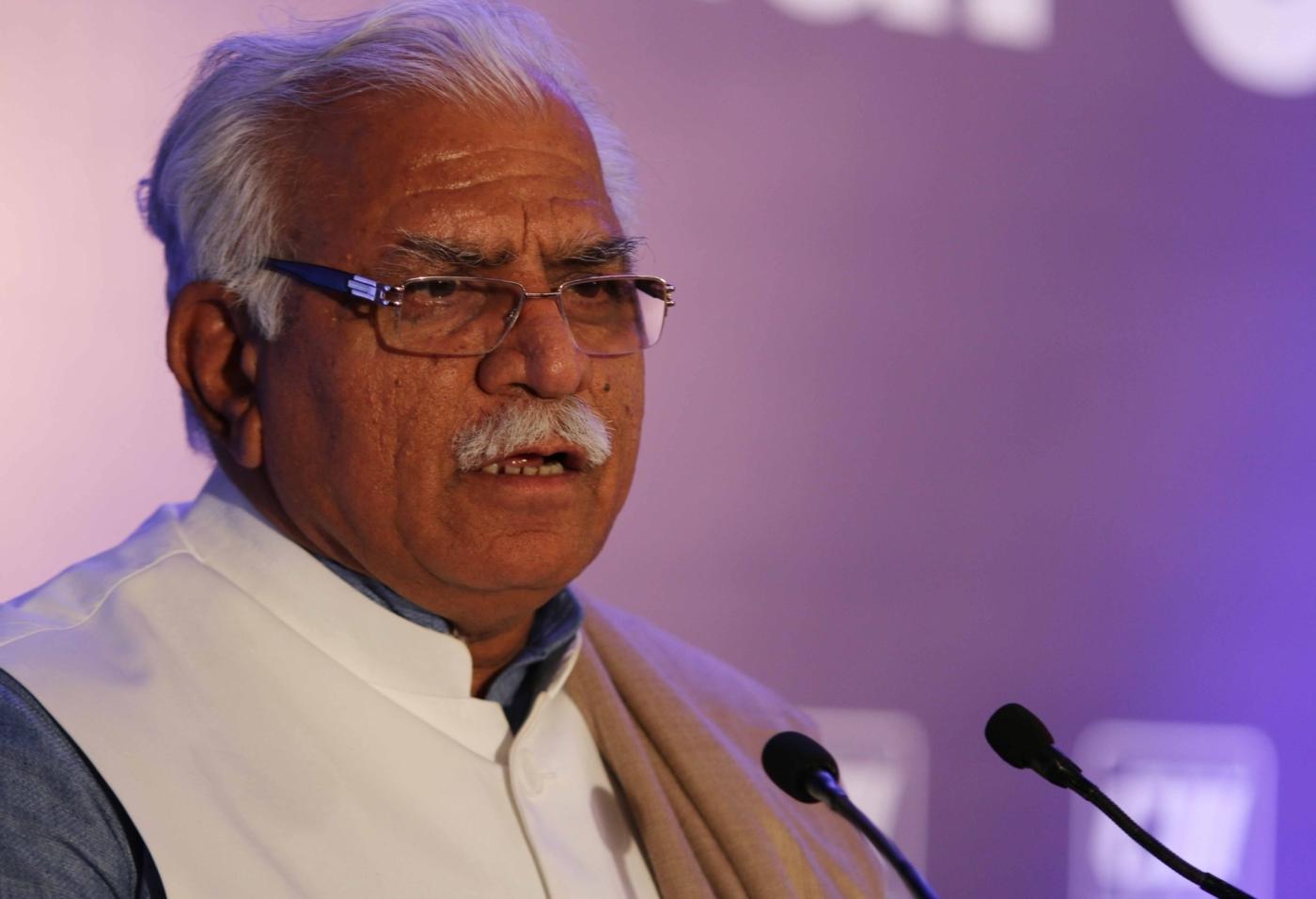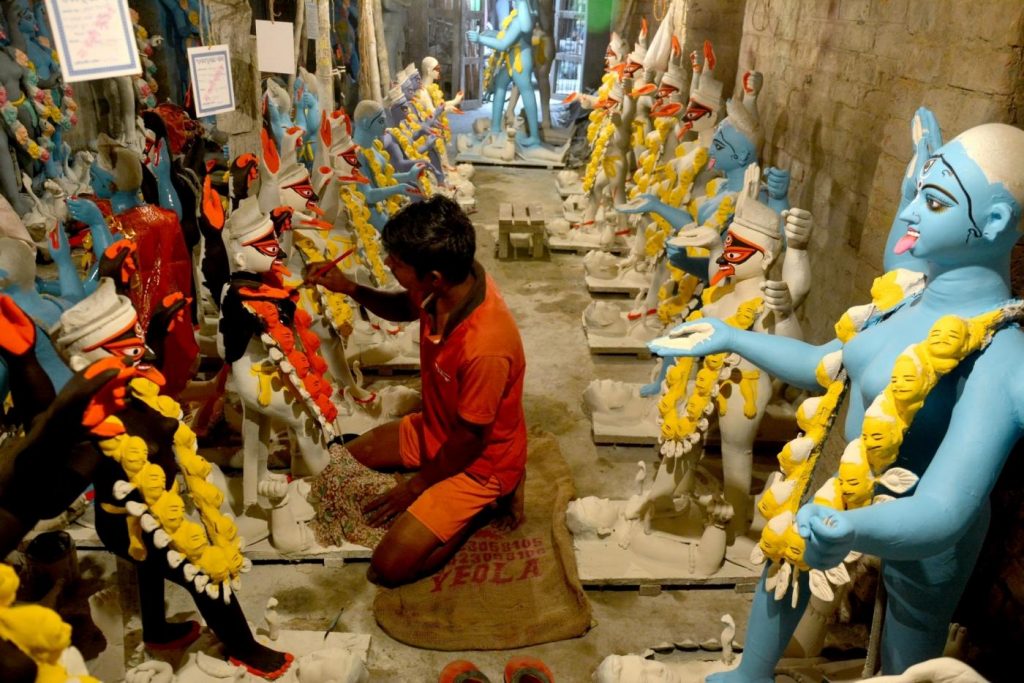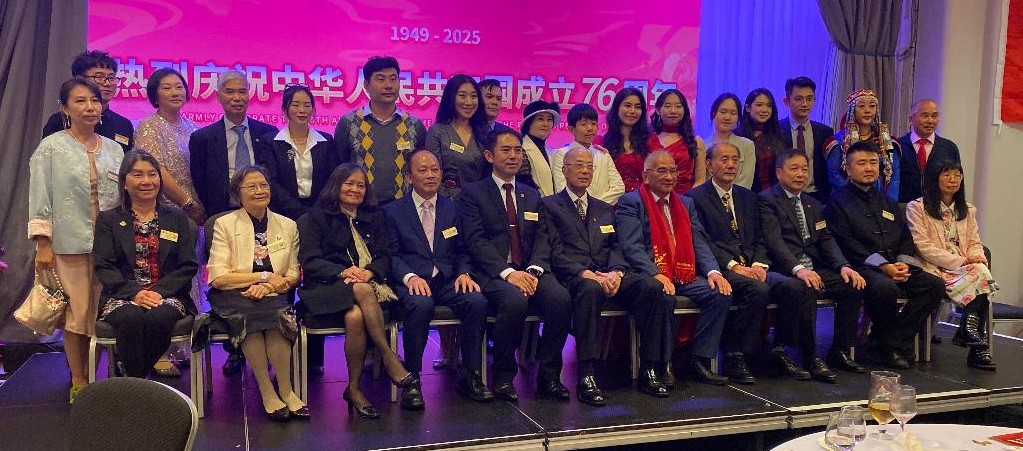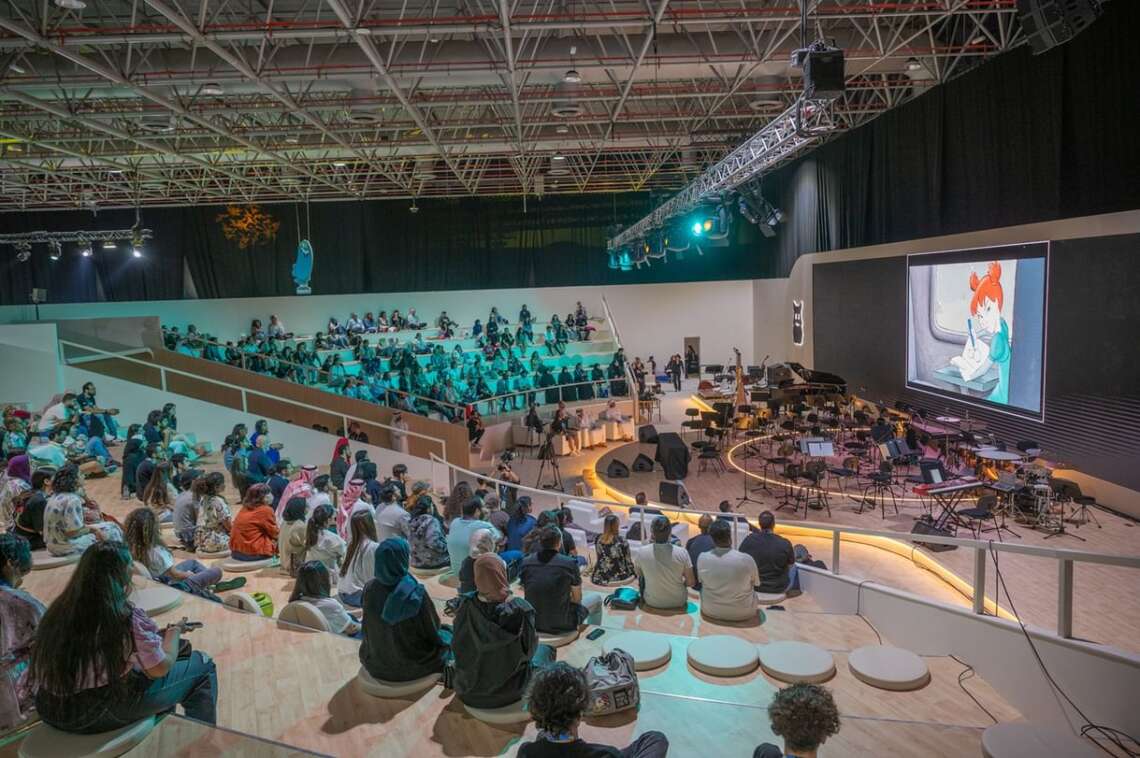The four-year report card of Haryana’s Manohar Lal Khattar-led Bharatiya Janata Party (BJP) government is marked by significant developments in housing, particularly affordable housing. But the pace of infrastructure development leaves much to be desired…reports Asian Lite

Over the last four years, the Haryana government, has undertaken a number of reforms in the real estate and housing sector, especially aimed at giving a big fillip to affordable housing. And the results are visible on the ground. Thanks to these reformist policies, today Gurugram, which is Haryana’s show window for real estate development, has emerged as an affordable housing destination. Only a few years back, it was considered a hub of premier and luxury housing, beyond the reach of the masses.
In line with the Centre’s “Housing for All” mission, the Haryana government came up with a new policy allowing housing projects in a one to five acre area with a liberal floor area ratio (FAR) ranging between 250 and 275. Under this policy, developers are exempted from paying any license fee and internal development charges. The New Integrated Licensing Policy (NILP) was also introduced, lowering the minimum land cap for large housing projects to boost the affordable housing stock.
The state government also liberalised the Affordable Housing Policy of 2013 drafted by erstwhile Congress government, making available 500 acres of additional land and increasing the sector-wise area from 10 to 15 acres. The minimum area cap was reduced from five to four acres. The government is also credited with bringing the “Deen Dayal Jan Awas Yojana” — an Affordable Plotted Housing Policy for low and medium potential towns — to encourage development of high-density plotted colonies of five to 15 acres where small plots are made available through a liberal policy framework.
The simplification of Change of Land Use (CLU) norms and introduction of the concept of Transferable Development Rights (TDR), on the lines of Maharashtra, have also given a big push to housing by increasing the FAR.
Because of these policy initiatives, the stock of affordable housing units is expected to take a substantial jump in the state, with the creation of 100,000 units in Gurugram alone.
The state government’s report card to provide a convenient, comfortable and affordable urban transport system through Metro rail is reasonably good. The Metro network in Haryana has been extended to Bahadurgarh. In September 2015, Faridabad emerged on the map, after Gurugram, with the launch of Badarpur-Faridabad section on the Violet Line. And now, with trial runs on the 3.2 km Escorts-Ballabgarh section, the town is shortly expected to be part of Metro network. More recently, the government has given the nod to extend the Gurugram Metro to the Old city. At present 25.8 km of Metro lines are operational across Haryana.
On the crucial issue of implementing the RERA, the state government, which initially faced flak for tardy implementation, with dilution of norms, has finally made amends. Its website is now operational and an Appellate Tribunal will shortly start functioning. Moreover, Haryana has earned the distinction of being the first state to have two RERA authorities — one for Gurugram and one for the rest of Haryana — for the convenience of aggrieved home buyers.
The state has also made considerable progress on the ease of doing business. Not only have the CLU norms been simplified, an online service for granting CLUs has also been launched. The Haryana Shehri Vikas Pradhikaran has made six services online. The Haryana Housing Board has tweaked the property transfer and rules to get an occupation certificate faster — in eight days.
Notwithstanding these laudable reforms and policy initiatives, the performance of the Pradhan Mantri Awas Yojana, or PMAY — part of the “Housing for All” initiative — is not something to write home about. Against the Centre’s target to build one crore houses in urban areas, Haryana’s record, like many other states, is bad. The state is also a non-starter on the PMAY-Rural front. The government’s TDR initiative to push housing has not shown the desired results and this scheme is now being extended for three months.
On the infrastructure front, the state is facing innumerable challenges. Haryana’s two key infrastructure projects to boost connectivity — the Kundli-Manesar-Palwal (KMP) Eway and the Dwarka Eway — are still incomplete after missing several deadlines. The original deadline of constructing the 135-km-long KMP Eway, under construction for 14 years, was July 2009. Attempts are now on to complete the remaining Kundli-Manesar stretch before the latest deadline of March 2019. Similarly, the crucial Dwarka Eway or the Northern Peripheral Road, conceived in 2007 and now handed over to NHAI, is still hanging fire after missing several deadlines, sealing the fate of about 100,000 buyers who have invested in homes along the Eway.
The infrastructure in cities has taken a beating due to the mess on External Development Charges (EDC). More than Rs 10,000 crore of EDC collected by developers from property buyers a few years back is yet to be deposited with the authorities to carry out infrastructure development. Not only that, even the EDC collected by the authorities is not being properly spent to augment the infrastructure of cities. The glaring example is Gurugram, from where the state collects most of the EDC. The city, especially new sectors (58-115), is highly infrastructure-deficient, denying home buyers the basic needs of water, power, drainage, roads and social infrastructure, thereby adversely impacting real estate development.
It is pertinent to point out that due to infrastructure deficiency/mess, Gurugram was denied the Smart City tag. Even in Karnal, the development work has taken off only about 17 months after it was declared a Smart City.
The state government is now taking several pro-active steps to ensure speedy and balanced development. In this regard, it has taken the far-reaching step of amending the Haryana Development and Regulation of Urban Area Rules of 1976 to create an EDC account for every town to ensure that it is utilised for infrastructure development of the same town. Even a unified Gurugram Metropolitan Development Authority (GMDA) has been created for this purpose. The government has also come up with a scheme to collect pending EDC from developers through easy installments.
In a first-of-its-kind of initiative, the state government is creating an urban property inventory via geo-tagging for better realisation of property tax to boost infrastructure. And, to fast-track urban development, the government has approved the development of five new, modern cities along the KMP, spread over 50,000 hectares. Besides this, the Haryana Shehri Vikas Pradhikaran will be developing 53 residential sectors outside Gurugram.
In a latest policy decision to boost real estate development, the Haryana government has reopened the license window for group housing for two months and is in the process of extending the tenure of licenses.








